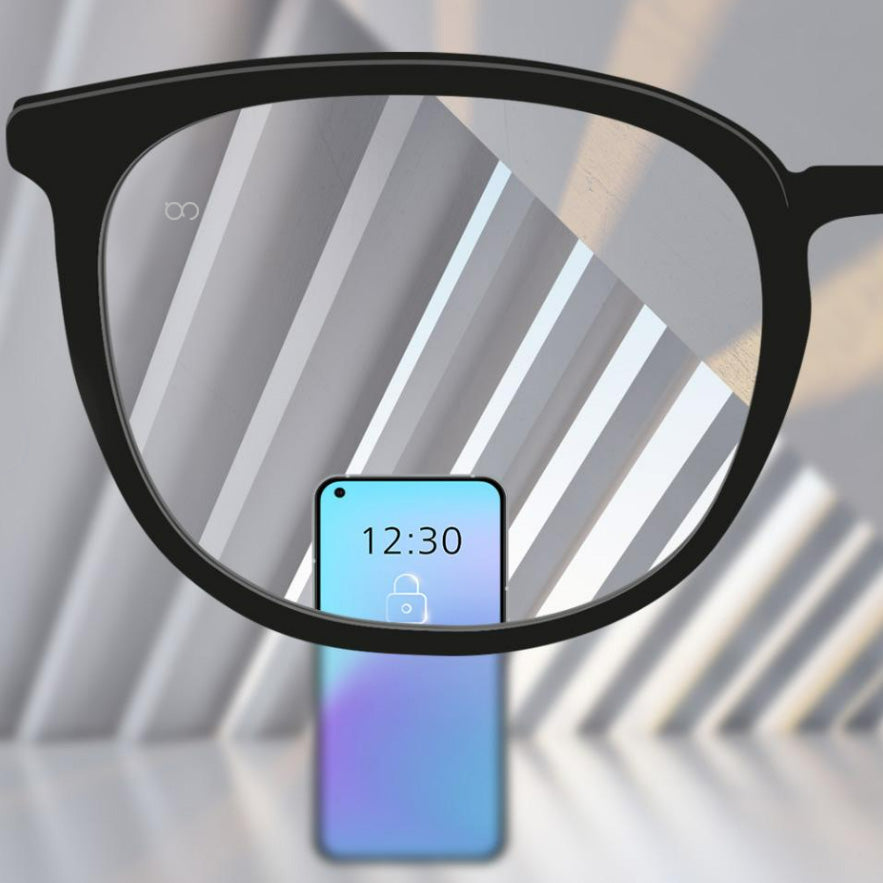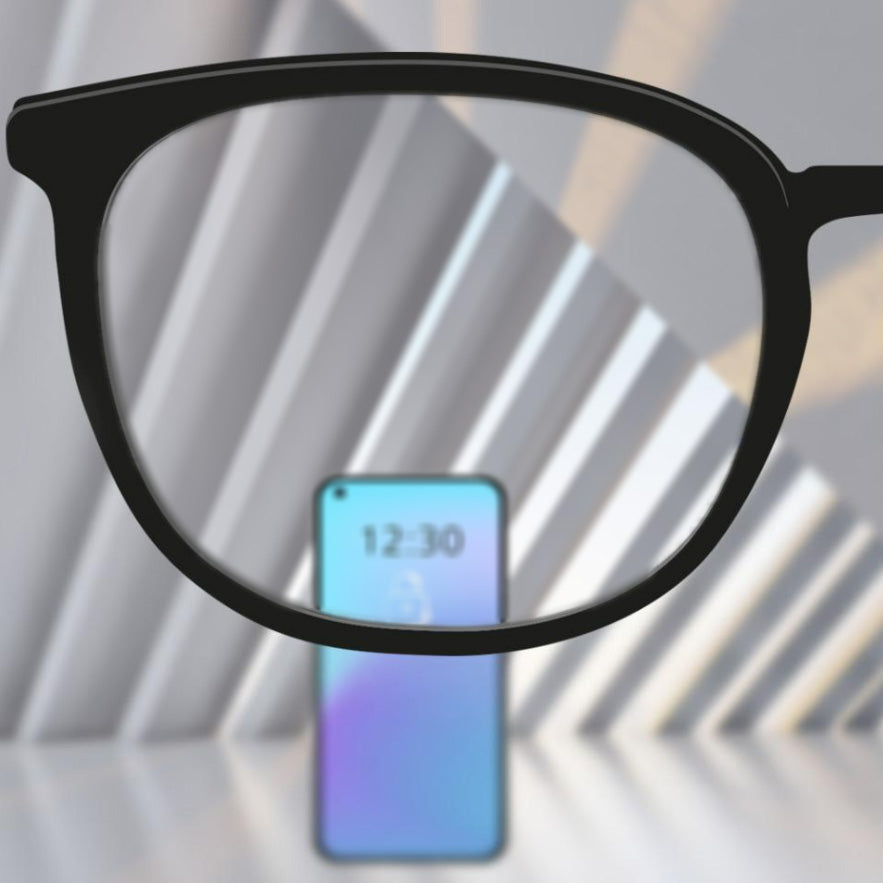Single Vision Lenses
Explore your options for GABA reading or distance glasses.
Before & After
After

Before

Rs.0.00 PKR
FREE SHIPPING on all orders above PKR 6000
 |
 |
 |
|
UV protection up to 400 nm – even in your clear eyeglasses. |
Better vision near or far – with optics tailored to your needs. |
Thin and light lenses for good looks and comfort. |
Different eyes, everyday tasks, habits, interests and budgets call for different vision solutions. Dive into our products to find the best single vision lenses for you.
Pair text with an image to focus on your chosen product, collection, or blog post. Add details on availability, style, or even provide a review.
Pair text with an image to focus on your chosen product, collection, or blog post. Add details on availability, style, or even provide a review.
Pair text with an image to focus on your chosen product, collection, or blog post. Add details on availability, style, or even provide a review.
After

Before

Single vision glasses are the most common lens type. They have only one prescription power throughout the entire lens and correct one field of vision – near or far. They’re prescribed for people who are short-sighted (myopic) or long-sighted (hyperopic), and can also be used to correct astigmatism to see clearly in the distance and close up.
Single vision lenses have just one optical prescription and correct only one field of vision. If you need either distance glasses or reading glasses, your optician will prescribe single vision lenses.
Progressive lenses have multiple prescriptions in one lens to correct near, intermediate and distance vision. They’re a common choice for people over 45 who have trouble focusing from far away to up close due to the natural aging of their eyes. These lenses, also called varifocals, require you to look through different parts of the lens to see clearly at different distances.
They are! Single vision lenses have either a plus or minus prescription. A plus indicates the need for near vision correction while a minus indicates the need for distance vision correction. In case you wanted to know: Lenses without any prescription are called Plano lenses.
For sure! While some people choose to wear their single vision glasses only when needed – like for reading or driving – you can wear them all day. If however you notice any discomfort while wearing your single vision glasses, your optician might recommend a purpose-made second pair like GABA Office lenses.
There are a few ways to find out.
Be the first to know about new collections and exclusive offers.
2025-11-25-07
ACTIVE
free
ACTIVE
Route A : Can use